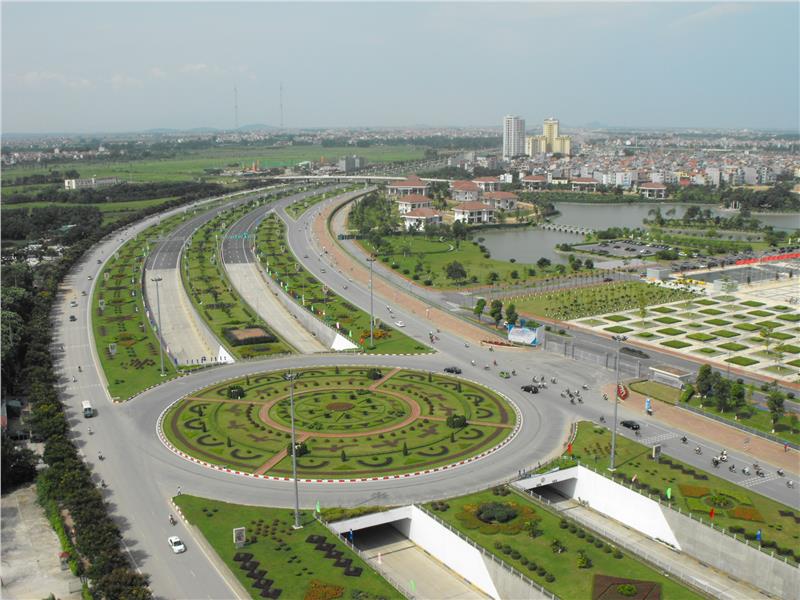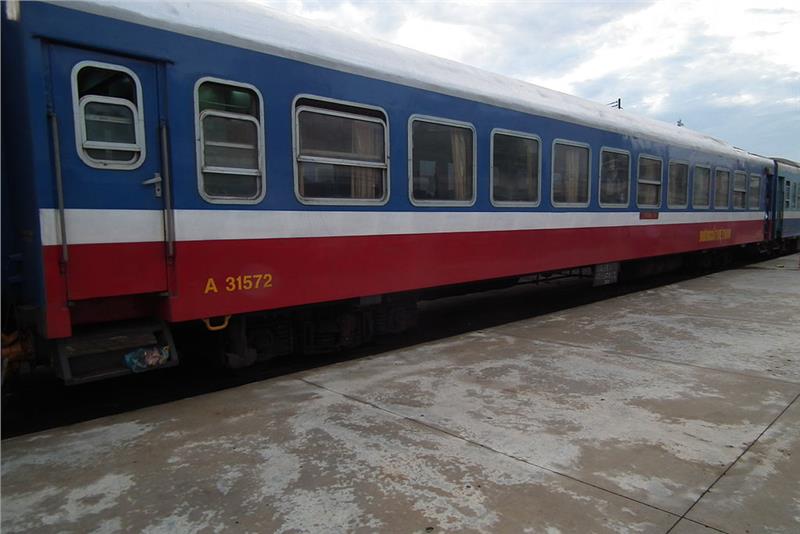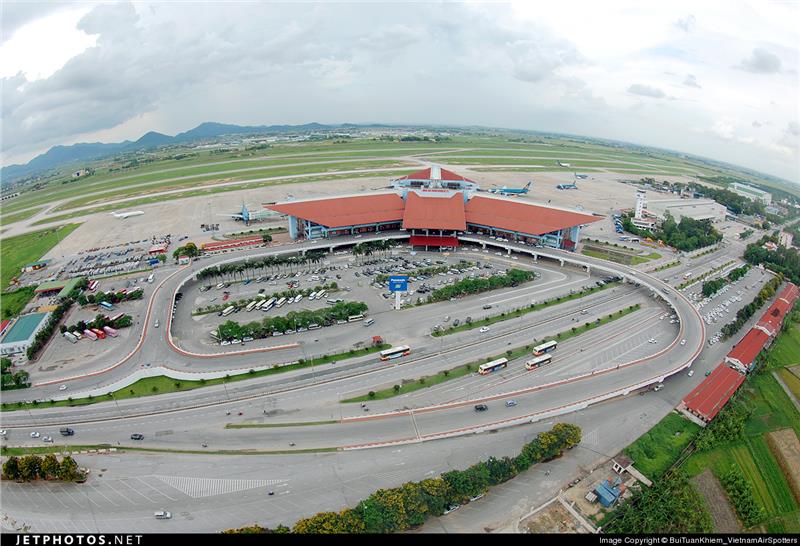Restructuring the transportation sector is a component of the overall restructuring of the Vietnam economy in order to meet the needs of the socio-economic development, serve the industrialization and modernization of the country and create a breakthrough in infrastructure of the transportation. The proposal will restructure 6 sectors.
Specifically, the road traffic sector, in 2020 the market share of the intercity road freight will reach about 54.4%, passenger transport reaches appropriately 93.22% over the entire mass transportation industry in Vietnam. The road transport is developed towards prioritizing public transport; the infrastructure of road traffic is focuses on building the key structures. Striving to 2015, the industry will complete around 600km and 2000m high-speed way in 2020. The investment project to upgrade and expand the Highway No.1A from Hanoi to Can Tho is completed before 2016.

In the field of railway, the railway transportation restructures towards undertaking the freight transport having the large volume on the long or medium distance, transport of passengers in the medium distance and public passenger in the big cities. The separation of railway infrastructure management and rail transportation business has to accelerate. Development of transport infrastructure by focusing on upgrading and modernizing the railway route North – South. Study the feasibility of high-speed railway on the North - South axis to build suitable plan. Research to build the new railway Lao Cai - Hanoi, Hanoi – Hai Phong and Hanoi Dong Dang, Bien Hoa – Vung Tau, Saigon – Can Tho, the railway connecting Hai Phong port – Lach Huyen, the raiway connecting Central Highlands to the port, Trans- Asia railway.
In term of the inland waterway, until 2020, the inter-provincial transport of goods by the inland waterway reaches 32.38%, inter – provincial transport of passengers reaches appropriately 0.17%. Concentrate on renovating and upgrading the main inland waterways, complete the upgrade routes connecting the Mekong Delta to Ho Chi Minh City, the routes of Tien River, Hau River, Red river and Thai Binh River.

In the maritime sector, the market share of import and export cargo transport of the national marine fleets increases from 25 to 30%. By 2020, the market share of freight by the sea reaches 21.25%, meeting about 94.3% the market share of international cargo and about 8.55% the market share of intercity freight. Continue to invest in developing the national port system, international gateway in the key economic zones. Prioritize investment in sync, modernization and the efficient exploitation the wharfs as Lach Huyen wharf in Hai Phong, Cai Mep - Thi Vai in Vung Tau, encourage foreign investors to invest in developing the Van Phong international port.
The aviation sector is restructured in the direction of increasing the market share of cheap airlines, developing the air transportation to become the safe and convenient transportation based on the open market and associated with the regional and international air transport market. Increase the market share of international passenger transport by 45.86%, take advantages of the strength of the traditional market in Southeast Asia, Northeast Asia, China, Oceania, promote the air transport connection to Southeast Asia, Eastern Europe, and the former Soviet countries, open the flight routes to Europe, North America, Latin America and Africa. Prioritize investment in upgrading and modernizing the international airports including Noi Bai, Tan Son Nhat, Da Nang, Can Tho and Cam Ranh. Build the mechanisms to mobilize invested capital for building Long Thanh airport. Make the equalization of Vietnam Airlines Corporation in 2014, of which the state holds 75% of the charter capital and 65-75% share.

In term of the local traffic, the urban transportation accounts for 16-26% of the land, focuses on the development of bus system, public transportation routes and enhances the control of vehicles including motorbikes, personal cars, especially in Hanoi and Ho Chi Minh City. For local transport, the rural traffic network is maintained, consolidated and upgraded in accordance with the technical standards. The percentage of rigid, asphalt or cement pavement reaches 100% for district roads, 70% for communal roads and 50% on village roads.
